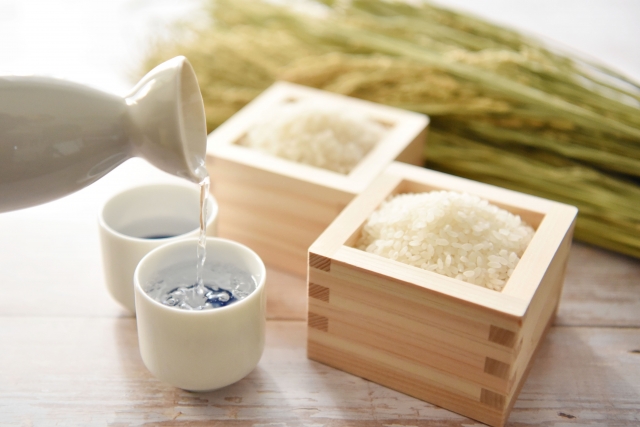Sake which is mainly called “Nihonshu” in Japan, is a traditional Japanese brew made mainly from rice, rice malt, and water.
Sake can be dry, sweet, or fruity, depending on the ingredients used and the production method. The taste also varies depending on the temperature of the sake.
Most of them have an alcohol percentage of around 15.
Sake is made all over Japan, and drinking sake made in the regions where you are traveling is one of the best parts of your trip who likes drinking.
Sponsor link
Classification of sake
Sake that meets requirements in terms of ingredients and production methods is given a classification.
Specifically, they include the following
- Junmai-shu: Sake made only from rice, rice malt, and water. It has a particularly strong rice flavor.
- Ginjo-shu: Sake made from rice with a milling ratio (the percentage of rice remaining after the brown rice used to make it has been shaved) of 60% or less. It has a fruity taste.
- Daiginjo-shu: Sake made from rice with a milling ratio of 50% or less and fermented at low temperatures for a long period of time. By shaving more than half of the rice used as the raw material, a clear and fruity flavor can be tasted.
- Junmai Ginjo-shu: Sake that meets the requirements of “junmai-shu” and “ginjo-shu”.
- Honjozo-shu: Sake made from rice, rice malt, water and brewing alcohol. It has a more dry and refreshing taste than Junmai-shu.
Sponsor link

